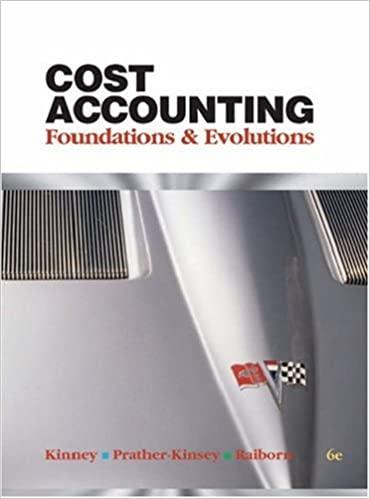(Committed versus discretionary costs) Choose letter C (for committed cost) or D (for discretionary cost) to indicate...
Question:
(Committed versus discretionary costs) Choose letter C (for committed cost) or D (for discretionary cost) to indicate to which type of cost each of the sentences below best relates. Explain the rationale for your choice.
a. Control is first provided during the capital budgeting process.
b. Typical examples include advertising, research and development, and employee training.
c. This type of cost cannot be easily reduced even during temporary slow¬ downs in activity.
d. There is usually no “correct” amount at which to set funding levels.
e. Typical examples include depreciation, lease rentals, and property taxes.
f. This type of cost often provides benefits that are not monetarily measur¬ able.
g. Temporary reductions can usually be made without impairing the firm’s long-range capacity or profitability.
h. This cost is primarily affected by long-run decisions regarding desired capacity levels.
i. It is often difficult to ascribe outcomes as being closely correlated with this type of cost.
j. This cost usually relates to service-type activities. LO.1
Step by Step Answer:

Cost Accounting Foundations And Evolutions
ISBN: 9780324235012
6th Edition
Authors: Michael R. Kinney, Jenice Prather-Kinsey, Cecily A. Raiborn





